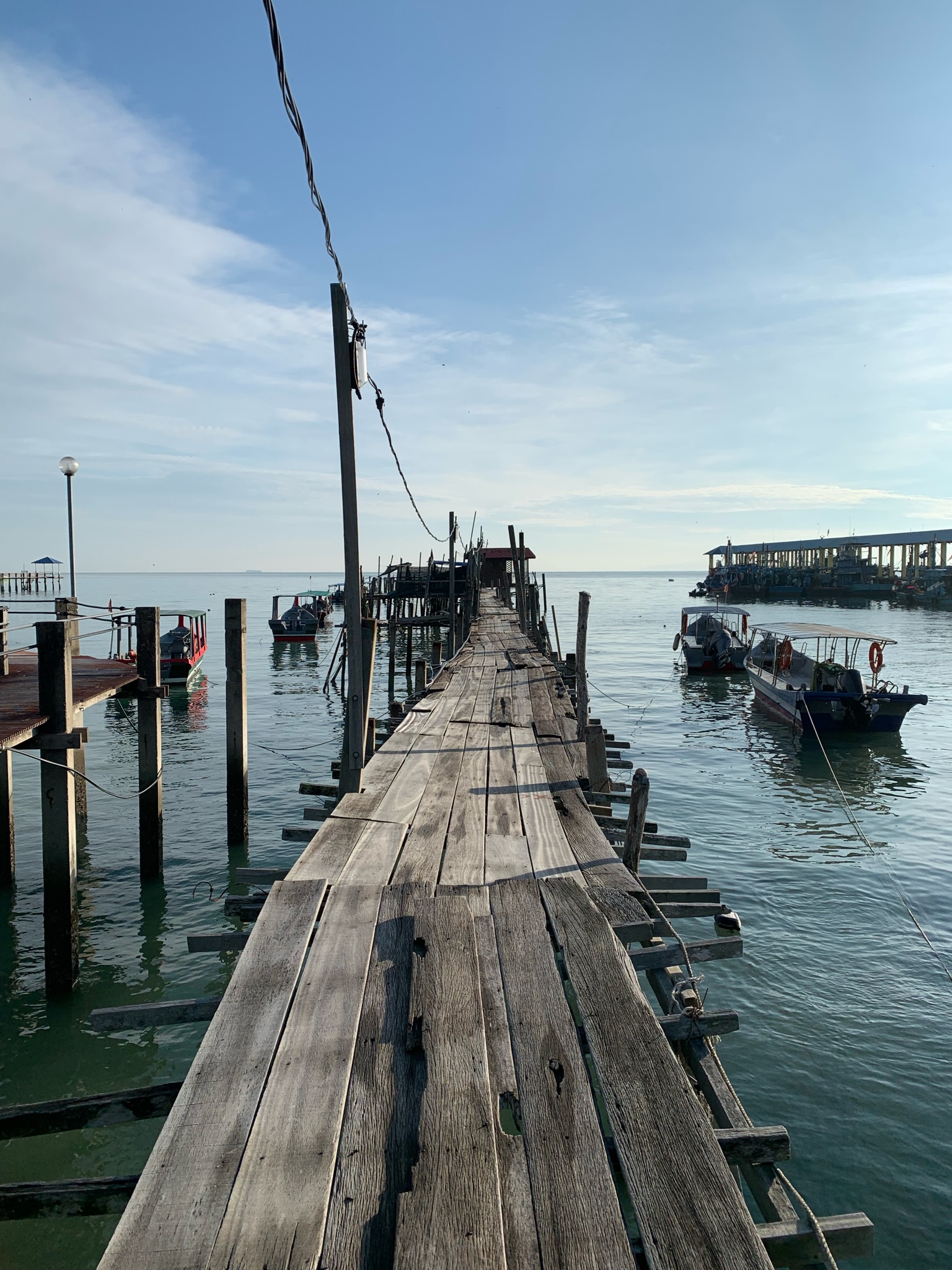
Salam sejahtera and greetings from Malaysia.
Malaysia is one of the two study sites in GAME 2021 where participants had to work alone. Team Malaysia was initially supposed to consist of two members, Leonard and Marie, but despite numerous efforts to get Marie to Malaysia, her travel was finally not possible due to Covid-19 restrictions. This means that I, Leonard, had been working alone in the Centre of Marine and Coastal Studies (CEMACS) at the Universiti Sains Malaysia, which is situated in Penang, Malaysia.
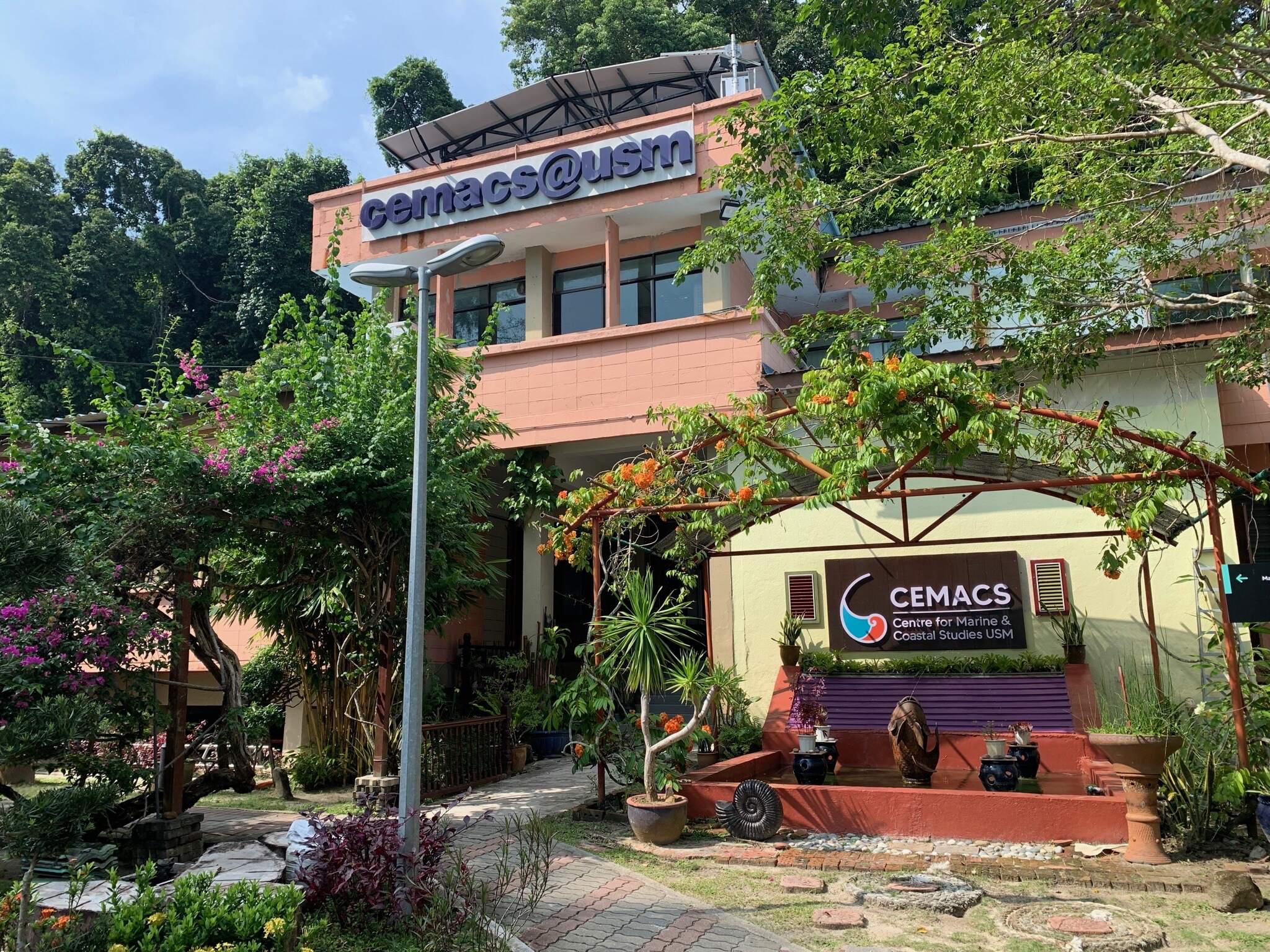
CEMACS
Located in the tropics, Penang Island experiences temperatures between 20°C to 30°C (to be honest it’s mostly just 30°C), while the site has high humidity and it rains frequently throughout the year. CEMACS is located in the Northern region of Penang Island in the Penang national park. It is the oldest marine research centre in Malaysia that was established in August 1991. To arrive at CEMACS, one must either travel by boat from the jetty located at the entrance of Penang National Park or take a 30-minute hike through the National Park. The hike through the national park means you will be exposed to mosquitoes, snakes, monitor lizards and many more, but thankfully there aren’t any tigers here so it is still pretty safe to hike. Hence, of course I would prefer the boat option…
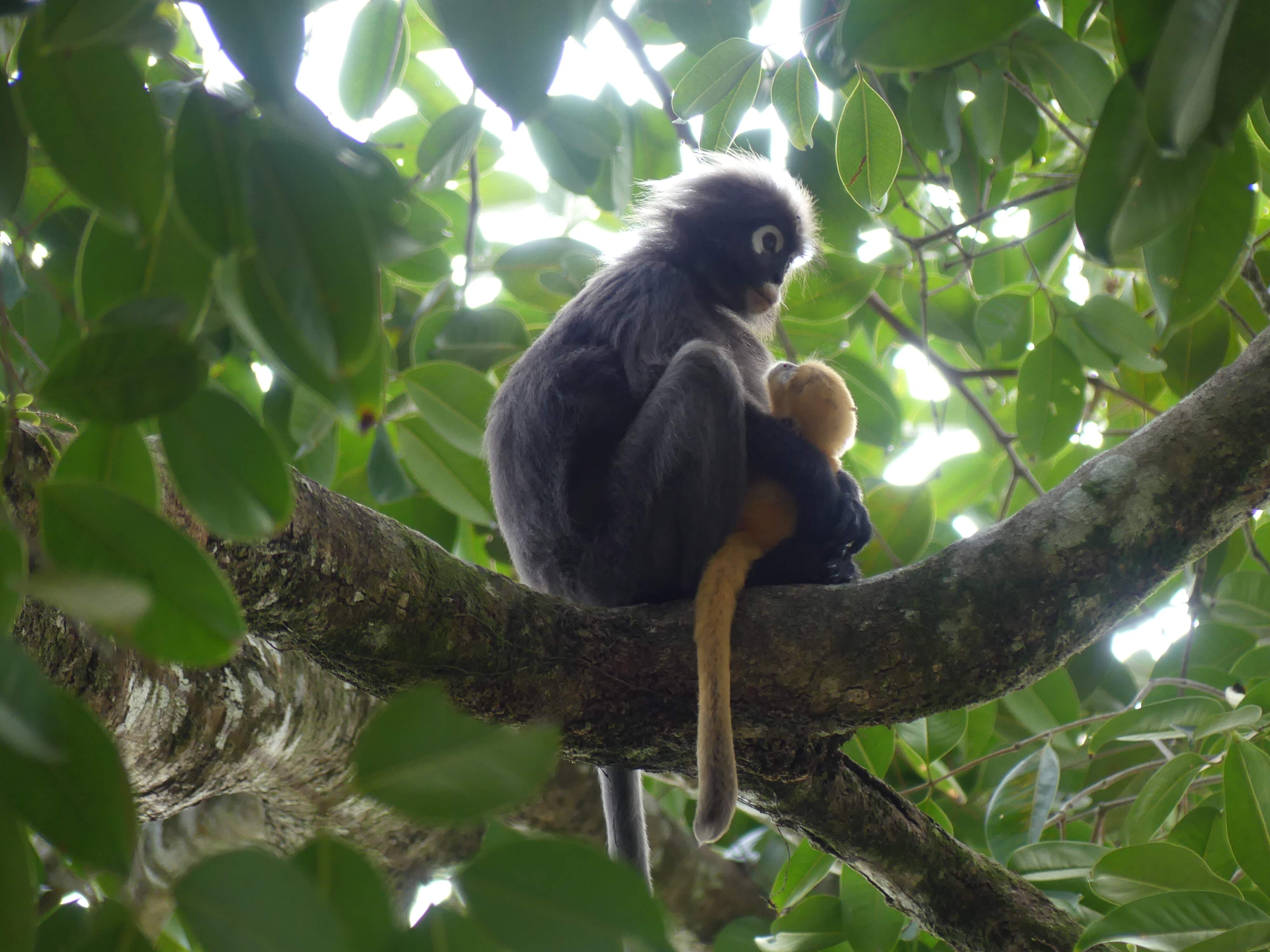
But of course, the students and the academic staff of CEMACS are not the only ones in the research centre being in the National Park. We share it with many amazing creatures such as this monkey in the image above known as the Dusky Leaf Monkey or otherwise known locally as “Langur”. They can be found along the coastal areas of Penang near the National Park.
With the increasing number of Covid-19 cases, Malaysia implemented the Full Movement Control Order (FMCO) and CEMACS was affected as they had to limit the number of people entering the research facility every day and working hours were restricted to 9 am – 1 pm. This was a challenge for me as the set up of the experiment was time consuming and transporting the equipment by boat to the research centre was tough due to the lack of manpower. To overcome the problem of the working hours, I decided to stay in the dormitory of the research facility so that I can have the full day to work on the experiment.
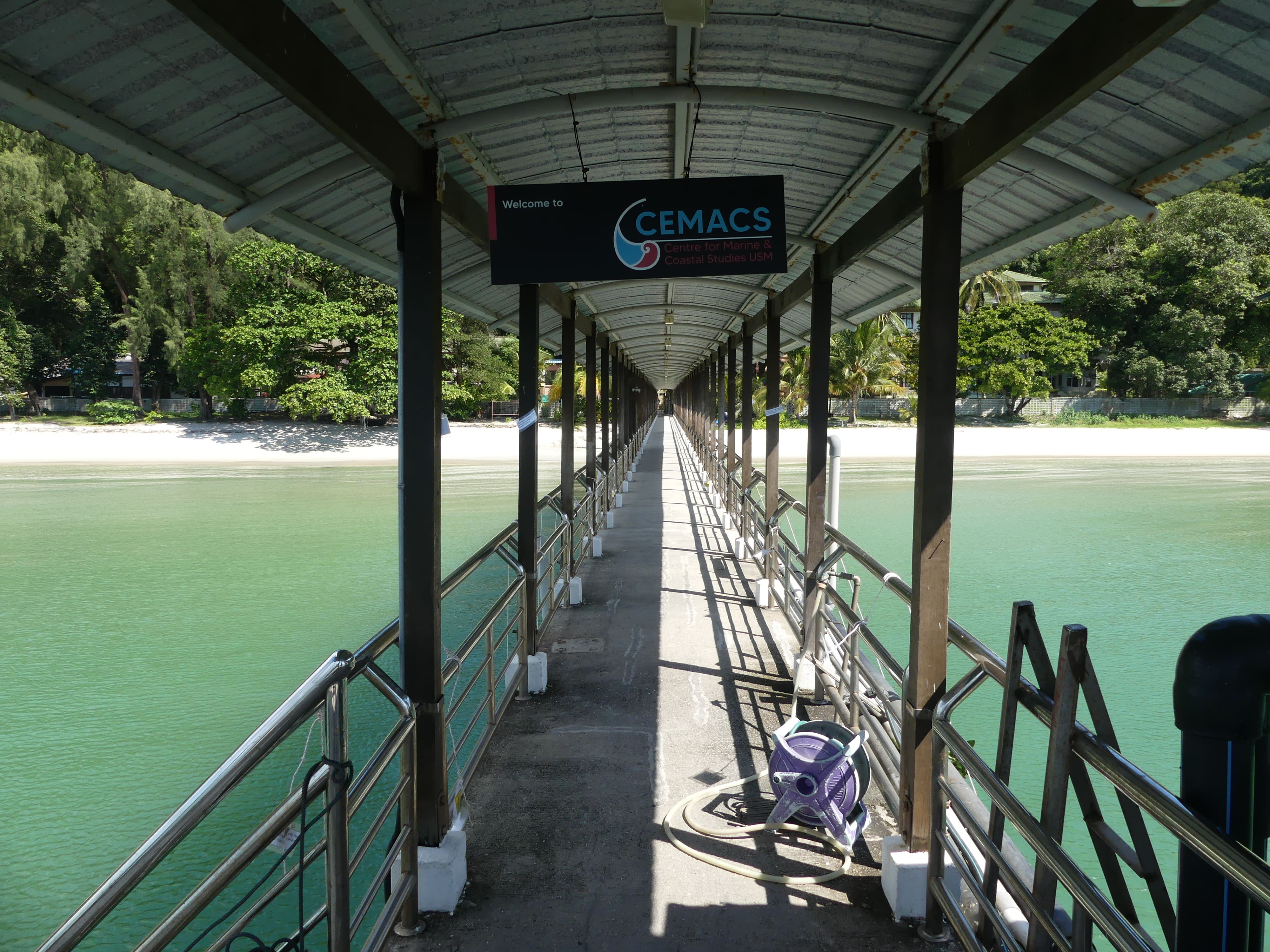
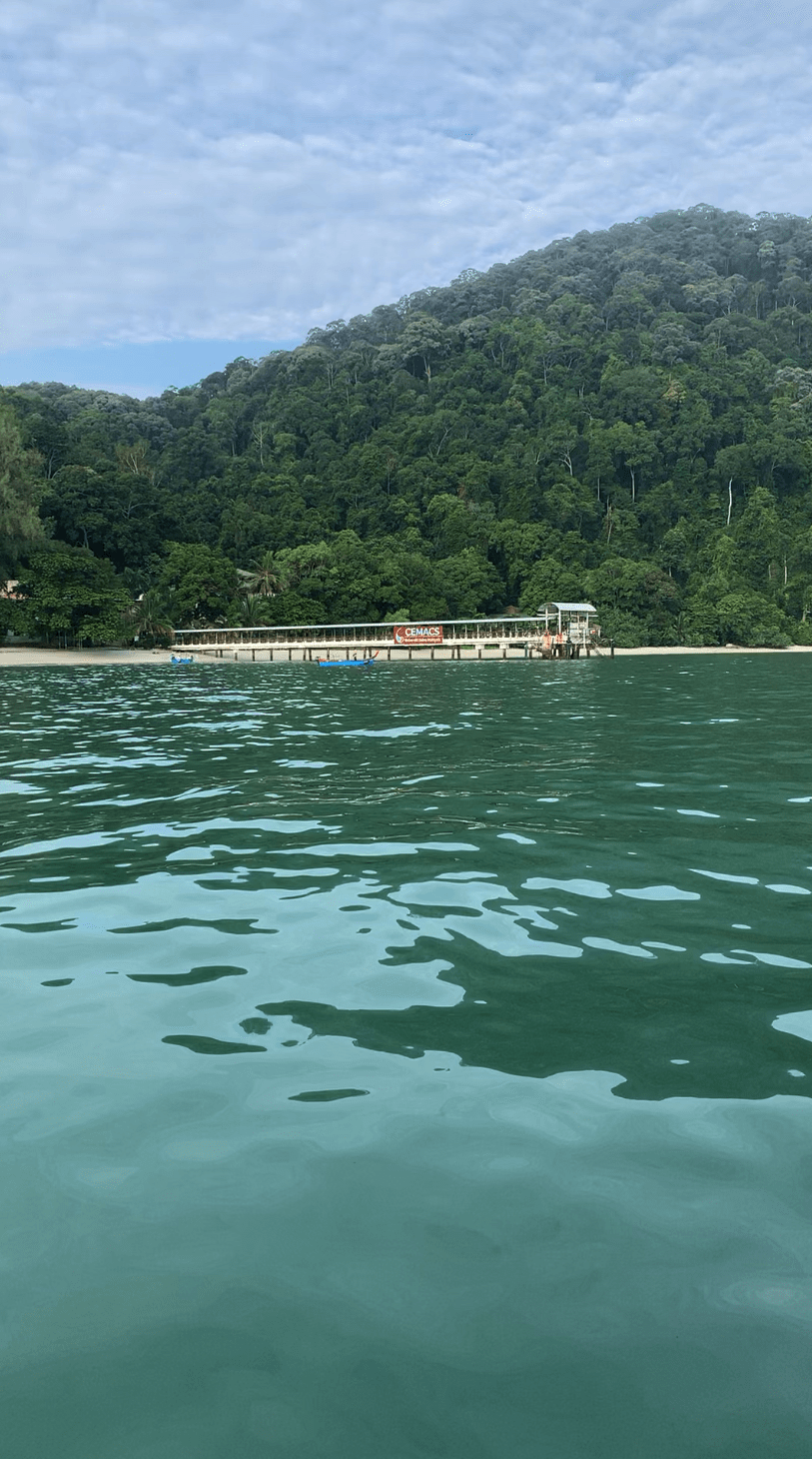
The Beginning of GAME 2021 in Malaysia
It all began when GAME 2021 started off with an online course during March 2021. Due to the pandemic, it was hard to foresee how the project would progress. In the first line, it was unclear if it would be possible for Marie to travel to Malaysia due to the restrictions implemented by the Malaysian authorities. During the one-month online training course, we brainstormed and discussed on the methods and approaches we could take to realise the experiment and we finally came to an experimental design that everyone agreed on.
After completing the online course by the end of March, unfortunately, Marie still was not able to travel to Malaysia. After discussing the remaining possible options for Team Malaysia, it was then decided that I, Leonard would have to work alone in Malaysia whereas Marie will join Team Croatia so that she could also collect data for her Master project. The decision was not ideal, but it was the best option we had at that time.
I was set off to begin the experiment when the parcel containing all the technical equipment, such as the LED lights and their control units, arrived in Penang by early May. However, there was a setback, because the equipment got stuck in the Malaysian customs for around a month. This had to do with the customs as well as with Covid-19 restrictions at CEMACS. It took a month and several documents from both CEMACS and GEOMAR to clarify, for example, that these items were to be used for research purposes only. They finally reached me by mid-June. The rest of the equipment, such as the tanks, aeration tubes and diffusor stones and so on had to be bought on site or were purchased online as Malaysia was on full lockdown.
Searching for a suitable test organism
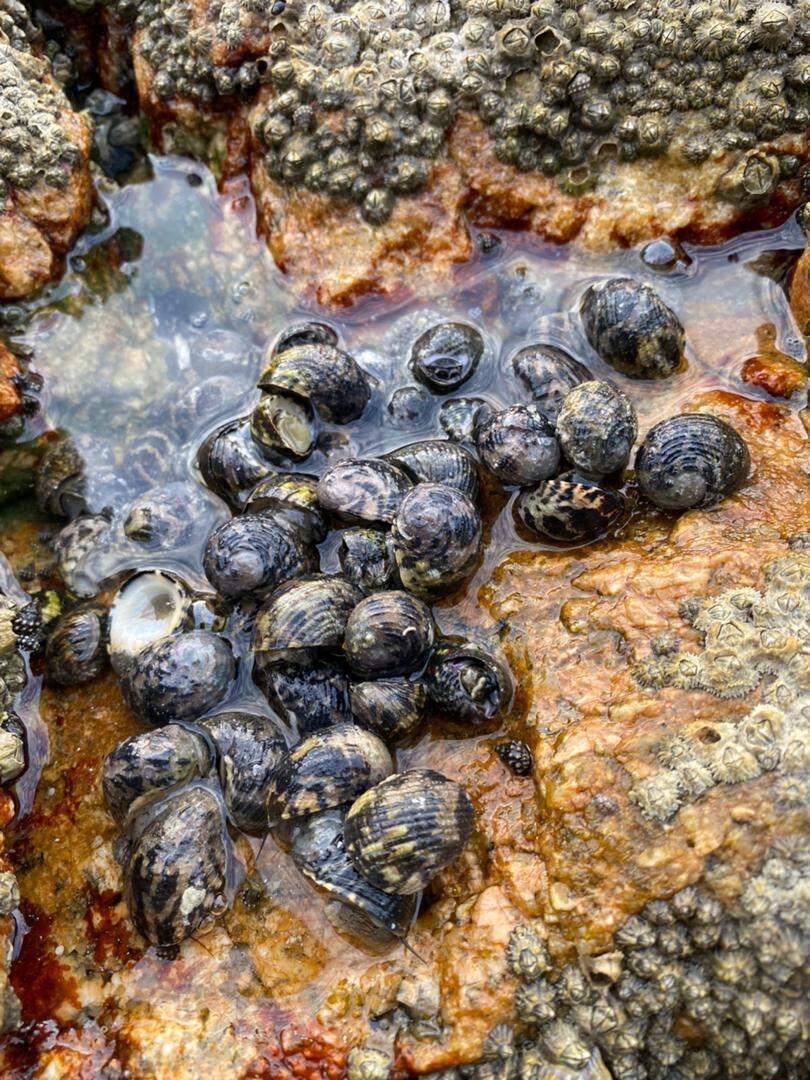
Penang is in the Straits of Melaka and has coastal waters with high turbidity. This makes it impossible to collect test organisms by snorkelling or diving due to poor visibility. You could do it by touch, but I think we can agree that this method is not ideal when it involves sea urchins. During the site survey for test organisms, I travelled almost halfway across Penang Island in search of sea urchins in the shallow waters along the coast, but I unfortunately did not come across any. I was left with no choice and had to switch to another test organism: the marine gastropod Nerita undata. It is a periwinkle that lives at the middle to upper intertidal zones at the rocky shores of Penang. Collecting them was simple as they are always found in abundances in the crevices of the rocks during low tide.
Working with Nerita undata was no easy task, since the snails used to crawl out of their tanks and I found them everywhere in the room on the first day when I made the mistake of not covering the tanks. Another problem was that they were not feeding on the food pellets that I produced for them as they were seemingly dormant most of the time in the tanks. This made them a very difficult choice for my experiment.
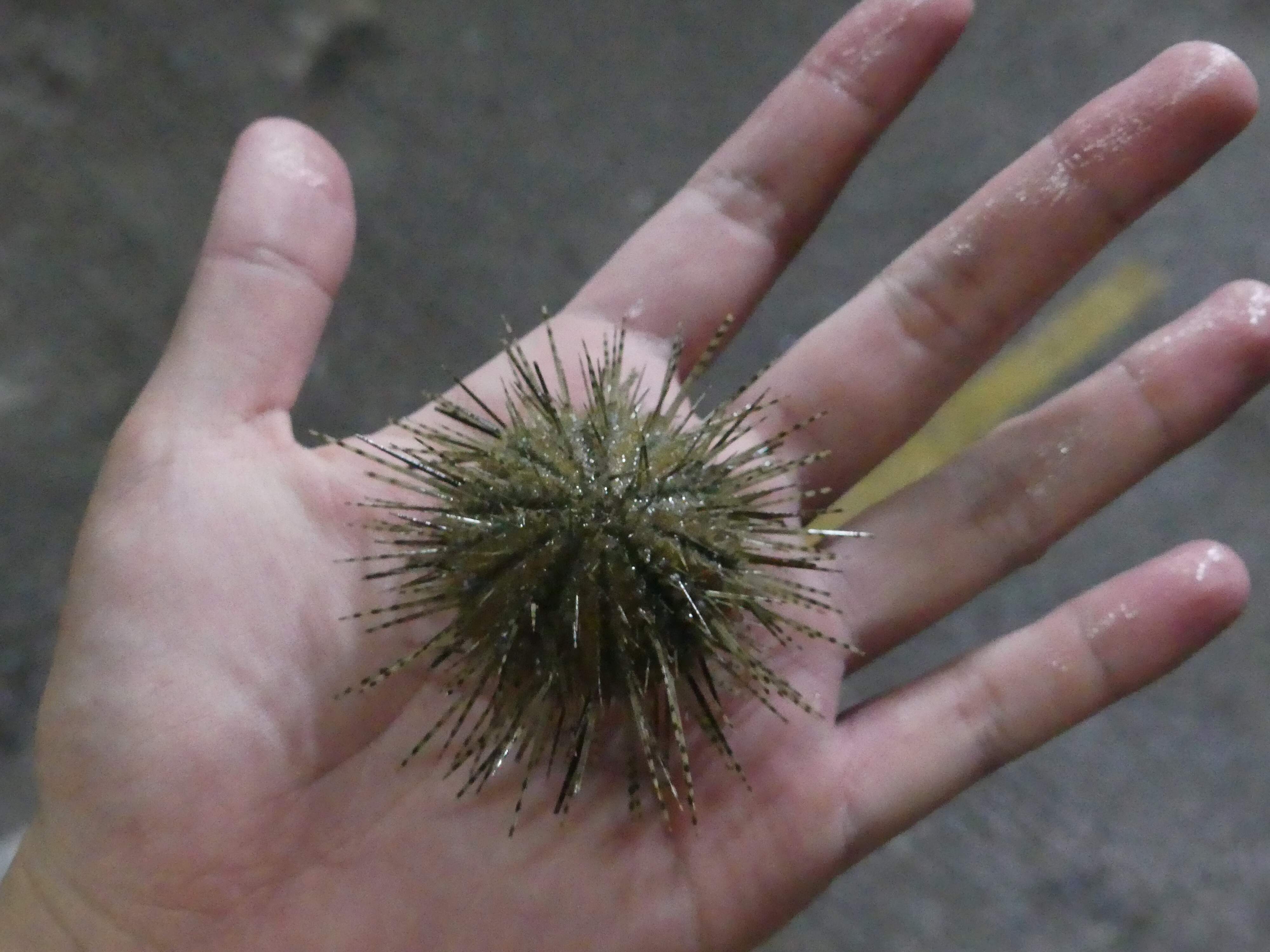
While figuring out how to overcome this issue, I coincidently came across a staff member of CEMACS who were fishing by the jetty using a casting net. While collecting the fishes in his net, I happened to notice sea urchins getting themselves stuck in the casting net. Hence, I considered sea urchins again as a possible test organism for the experiment. Collecting sea urchins by the jetty was a challenge as I soon found out that their presence was influenced by the tides. After two weeks of trying, I concluded that sea urchins are most abundant near the coast during the lowest spring tide. At this time, I successfully collected enough individuals for the experiment. This is how I ended up using the sea urchin Temnopleurus toreumaticus as my test organism. To collect them, I was careful when removing them from the casting nets to ensure not to break their spines and to avoid any unnecessary stress for the animals. Then, they were brought to a storage tank in the research facility. Another challenge I faced when storing the sea urchins prior to the experiment was the fact that they showed cannibalistic traits and the weaker ones got eaten. To prevent this, I needed to provide shelter in the form of PVC pipes and mesh to ensure the survival of all sea urchins in the storage tank.
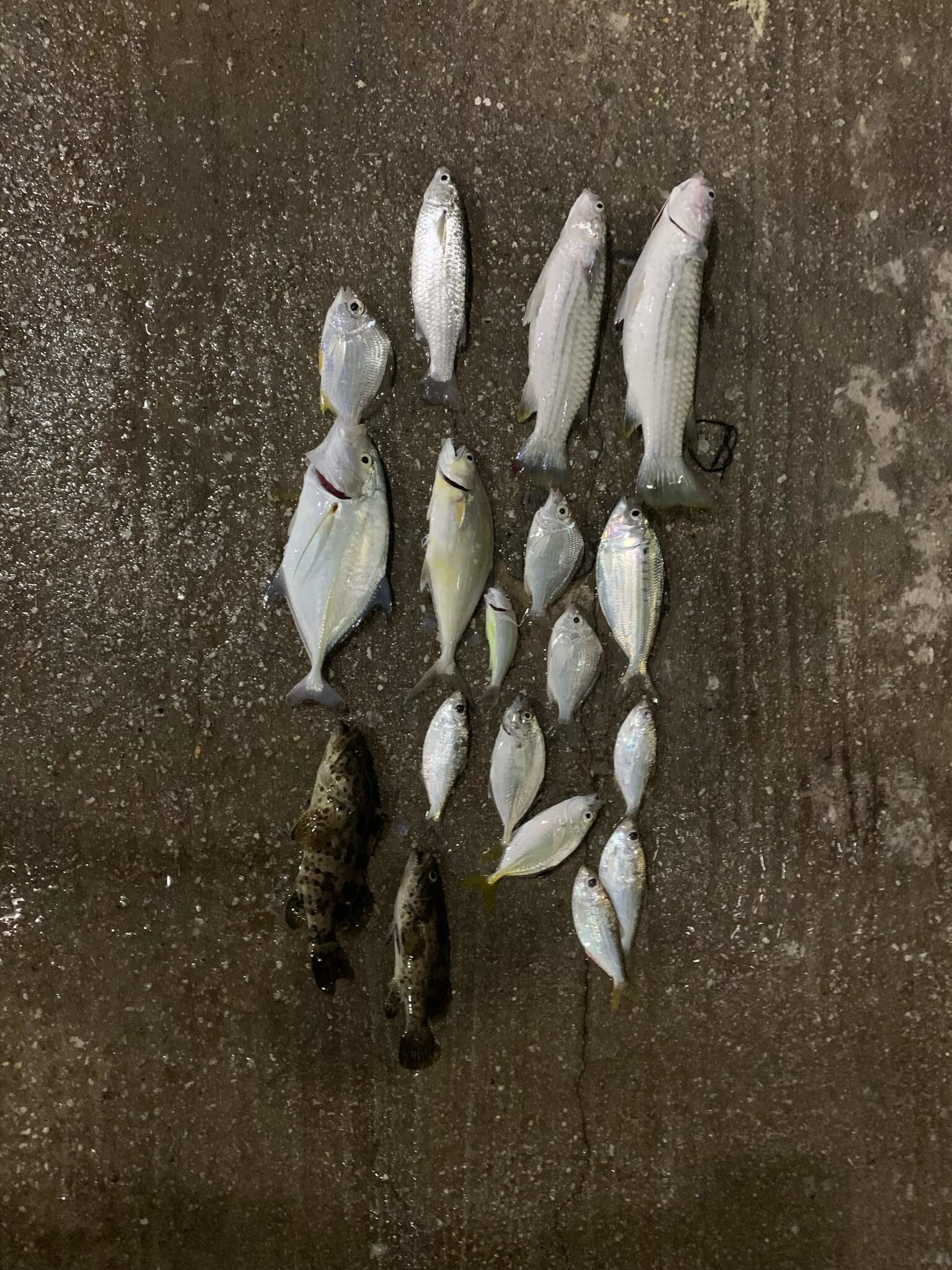
But of course, sea urchins weren’t the only animals that were found in the net. Many different species of fish were caught while casting nets as you can see on the photo.
Setting up and Experimental Phase
Before working on the set up, everything sounded simple to me. I mean how hard could it be to cover up shelves with plastic and tape? I was wrong as it took me three whole days to set up the shelves, ensuring it was light proof. As our experiment in GAME 2021 was a study of the effect of artificial lighting on benthic grazers, it was important that our test organisms were not exposed to the lighting in the lab environment while the experiment was running. Hence, three shelves inside a laboratory of CEMACS were prepared to realise the different light regimes for this experiment. Together with the construction of the camera stand, the aeration and the lighting, I spent two whole weeks trying to set up the shelves for the experiment (a lot of work really!). Working all alone in the lab was not easy as well as it was demotivating. Without the weekly meetings and help from the other teams from other sites around the world, working alone would have been much more difficult.
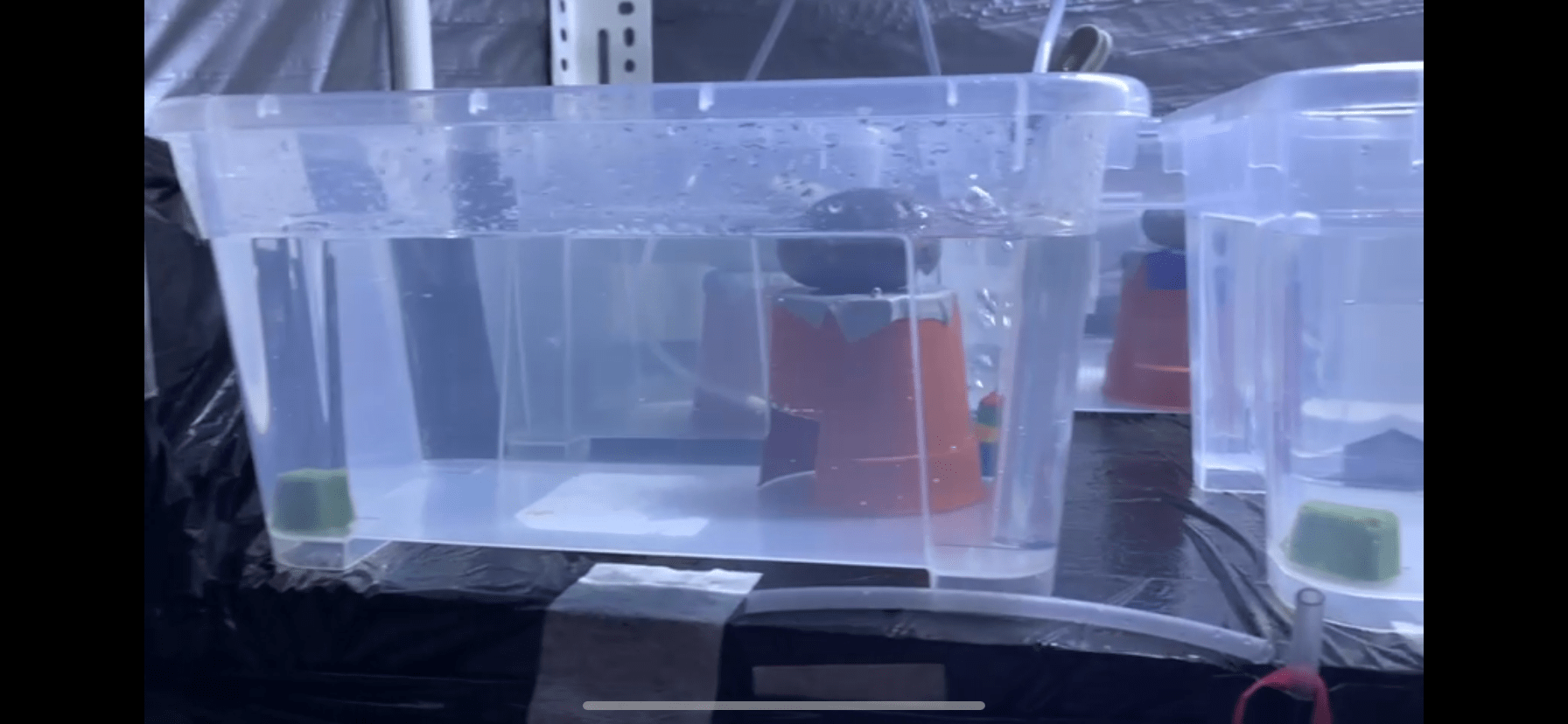
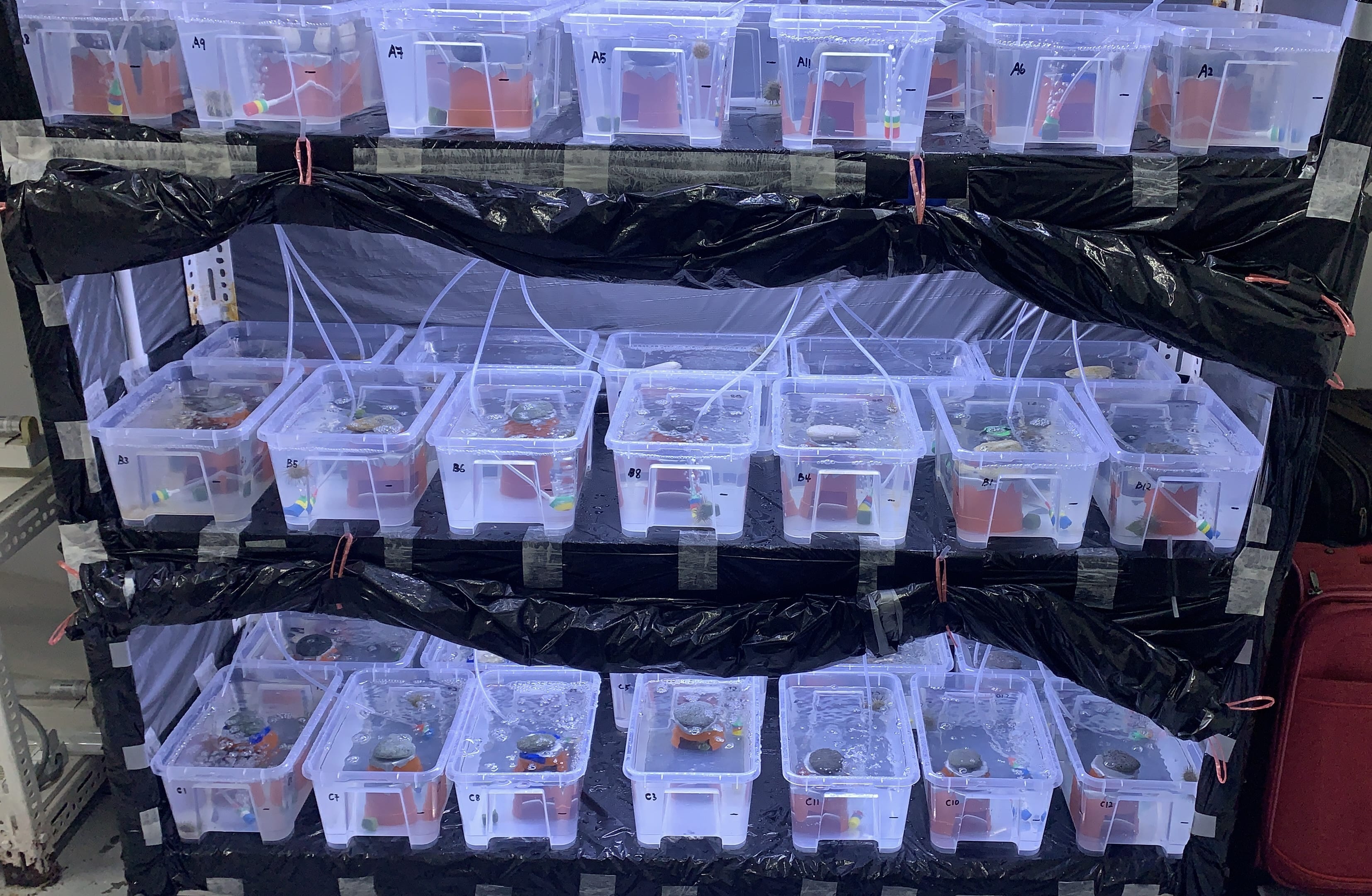
Finally…
It was only in the beginning of July that I managed to start with the autogenic change of pellet and red-light pilot study of the experiment. The autogenic change of the pellet pilot study was conducted to determine the change in the pellets weight in case they soaked in water during the measurement phase. A correction of the consumption rates must be done if this was the case to ensure that I assess them correctly. The red light pilot study determined whether the chosen test organism, sea urchins in Malaysia, is sensitive to red light. If this is not the case, red light will be used to observe the activity patterns of the sea urchins at night. The pilot studies were important to ensure that the results I will obtain from the main experiment will be accurate and reliable. If not, further modifications, such as finding an alternative method to observe the sea urchins at night, must be applied to the experiment. However, I was lucky as both the pilot studies were successful and no modification was needed.
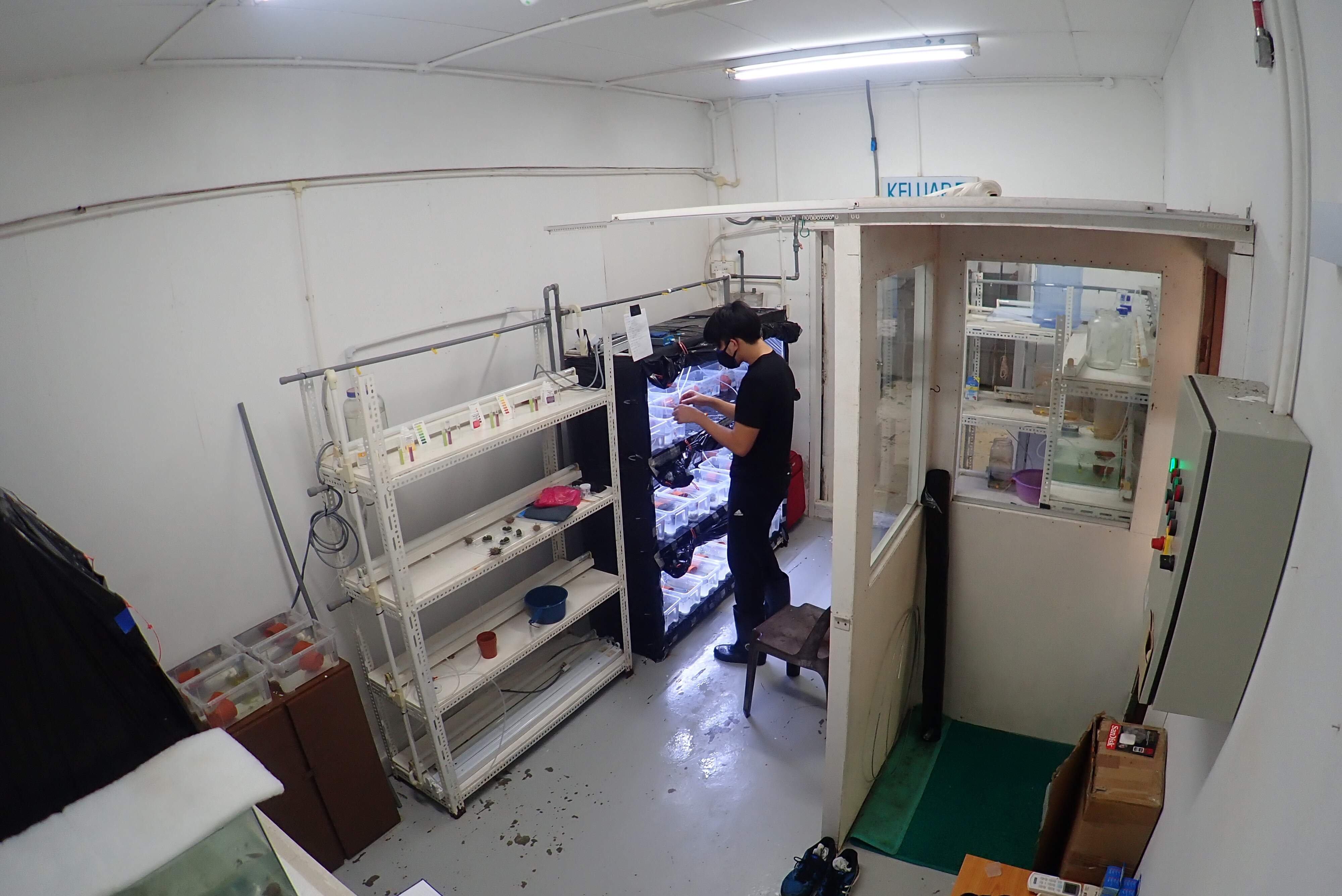
After a month of conducting the pilot studies, I was confident with my experimental design and proceeded with the main experiments of GAME 2021 in early August with 36 tanks in total.
By the end of the first experiment, I had the consumption rate data and the photographs to analyse the activity patterns of the sea urchins. The results from the first experiment then determined the experimental design of the second experiment: As no significant effect of the light regime on the sea urchins was found, the second experiment was designed in such a way that the animals were not acclimated before the measurement phase. This was done to study their acute response to the different light regimes. Without the acclimation period, the experiment was shorter and this allowed me to complete it by mid-September.
During this time, it was already decided that all teams will be able to meet at GEOMAR in Kiel in October to analyse and interpret the data from each site. However, leaving Malaysia during this pandemic was not easy and lots of documents were required for me to travel to Kiel. As there was limited time to prepare the documents and to get approval from the Malaysian authorities to travel, it was a stressful period for me. With a week to go before my flight to Kiel on the 12th of October 2021, it was still uncertain whether it would be possible for me to travel for the common analysis course.
As for the outcome of my travelling situation, all I can say is “Guten Tag” and greetings from Kiel, Germany!
Stay safe everyone!
Leonard